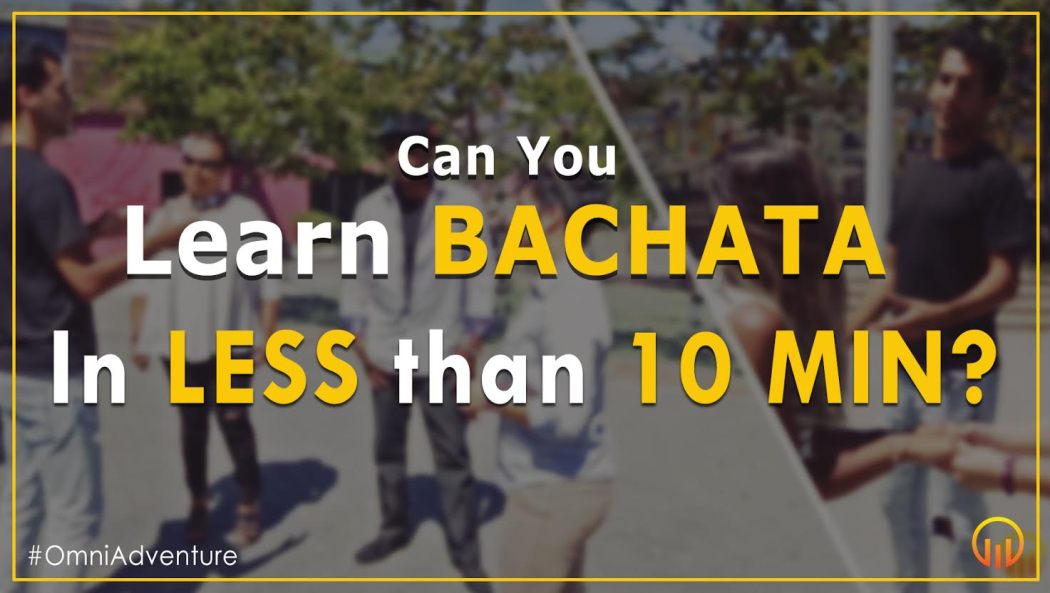When you ask the average person what comes to their mind when you say “partner dance”, they’ll usually describe Dancing With the Stars or some other choreographed show where partner dance is intended for the pleasure of an audience. They will likely NOT describe partner dance that is intended for connection between two individuals. Social dancing is connection. It is fitness. It is creative exploration. It is something that generates so much passion, fans change their Facebook names to the styles of social dance that they thrive on (e.g. John Zoukchata). But it is these things ONLY to those already in social dancing communities. And that is a big problem to us.
How did this become a problem? How have we not fixed it already? When performance hip hop got big (America’s Best Dance Crew), so did social hip hop (cyphers, dance battles, jams, etc.). But when performance partner dance got big (Dancing With The Stars), social partner dance remained largely unknown to the mainstream as it does now.
Whatever the reasons are, we’ve been underground too long.
From salsa to swing, bachata to blues, we speak with different languages and cultures but we still speak with the movement of connected bodies. We should be open to embracing the similarities and differences between different styles of social dance. So that we can effectively paint a picture of what social dancing is for non-dancers. We should believe in a world where anyone can dance with anyone, anywhere, and to anything.
I mean just imagine a world…
Where working adults can open their conference rooms for social dancing during lunch breaks…
Where senior citizens isolated in a retirement home can social dance with each other…
Where victims of trauma can use social dancing to reconnect and heal…
Where members of different ethnic and political groups can look past their differences to their shared humanity through social dancing.
Where young boys and girls learn consent and gender roles can be broken at an early age through social dancing.
We want to help create that world. We started #TheOmniMovement to increase the accessibility of social dancing across the world. But we need your help.
We are creating videos like this one that try to paint the picture of social dancing is.
Show them to your friends and family.
Show them why you social dance.
Show them why they should try it.
And let’s show the world what they’ve been missing.
The possibilities are endless and absolutely beautiful.
#ThisIsOmni
Imaan Taghavi
P.S. In an attempt to bring social dancing to the mainstream, we have challenged the acapella sensations Pentatonix to an #ImprovJam in this epic video. Please share it so they can see it and give social dancing this victory.

Most people see and watch dancing like DWTS or other dances intended for entertainment. For many people there is no concept that dance can be social, fun and improvised for the pleasure of the two dancers and not be a carefully practiced choreography. Its common to think or view dance as a demanding ballet, tap, modern, or other taught performance form that involves lots of long practice in the studio. No wonder dance has an image problem! Social dance is more like playing jazz music in that its improvised to the best skills of both partners. This is not well understood and many have no idea that dance can be fun or that social dancers have a kind of collaborative physical poetry that is fairly limited in performance dancing. They also need to know that social dancing need not be done at an NFL professional athlete level and that new dancers are welcome.
Videos not available in Germany 🙁 But great idea!